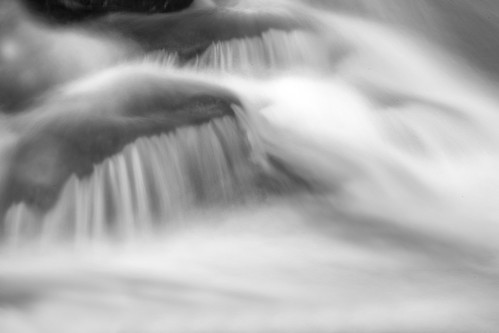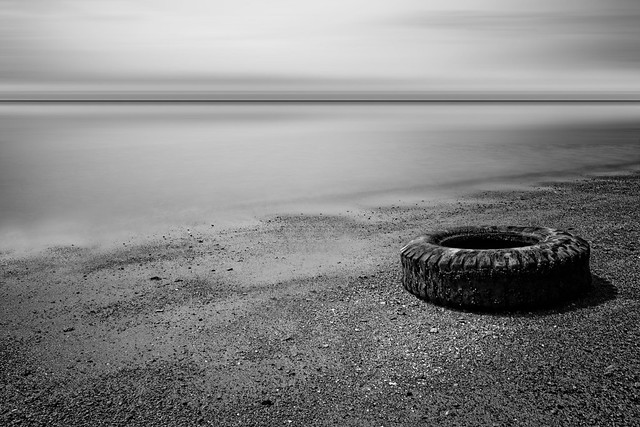Interesting discussion.
I have had a ND4 Hoya filter. However was introduced to the variable ND filters about 6 months ago and have been using them. So far so good.
I used the first versions from fader filters. Paid about $140 for the 77mm ones.
I think there are 3 companies making them now.
Cheapest - most expensive
1) Fader filters
http://faderfilters.com/
I have their version I
They have now release markII versions which seem a little bit more expensive.
2) Lightcraft Workshop
http://www.lightcraftworkshop.com/site/page1000.aspx
Impression is that the ones from fader filters are the same as these.
3) SinghRay
http://www.singh-ray.com/varind.html
Sounds like the best and original quality optics and of course most expensive.
Pros:
2 to 10 stops variability in 1 single filter.
I sometimes have this on top of the Hoya ND4.
Allows me to take flowing water in bright sunlight.
(photos in my flickr stream)
I have used this on a variety of lenses from the toki 11-16, nikon 50, 24, 35-70
Cons:
the front section is bigger than the mount size. So eg if you buy 77mm to fit most of your lenses then be prepared to find a 82mm filter cap. Actually I still dont know what size the front filter cap is.. going to a shop to find it tomorrow.
Also there can be vignetting on your wide angle lens.
In my case with the Tokina 11-16mm on my D90, I have to use the lens at 13mm
Hope this helps.






